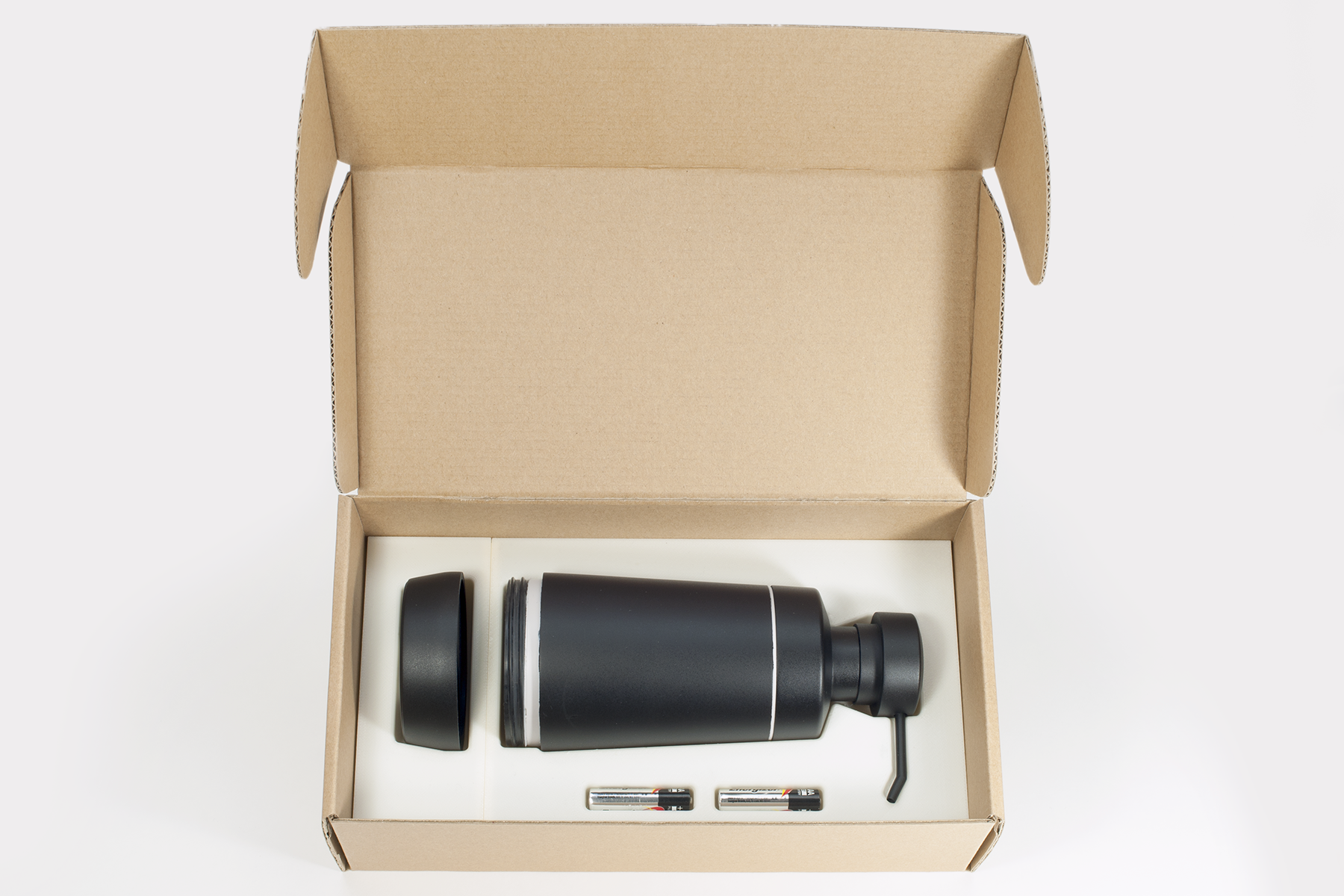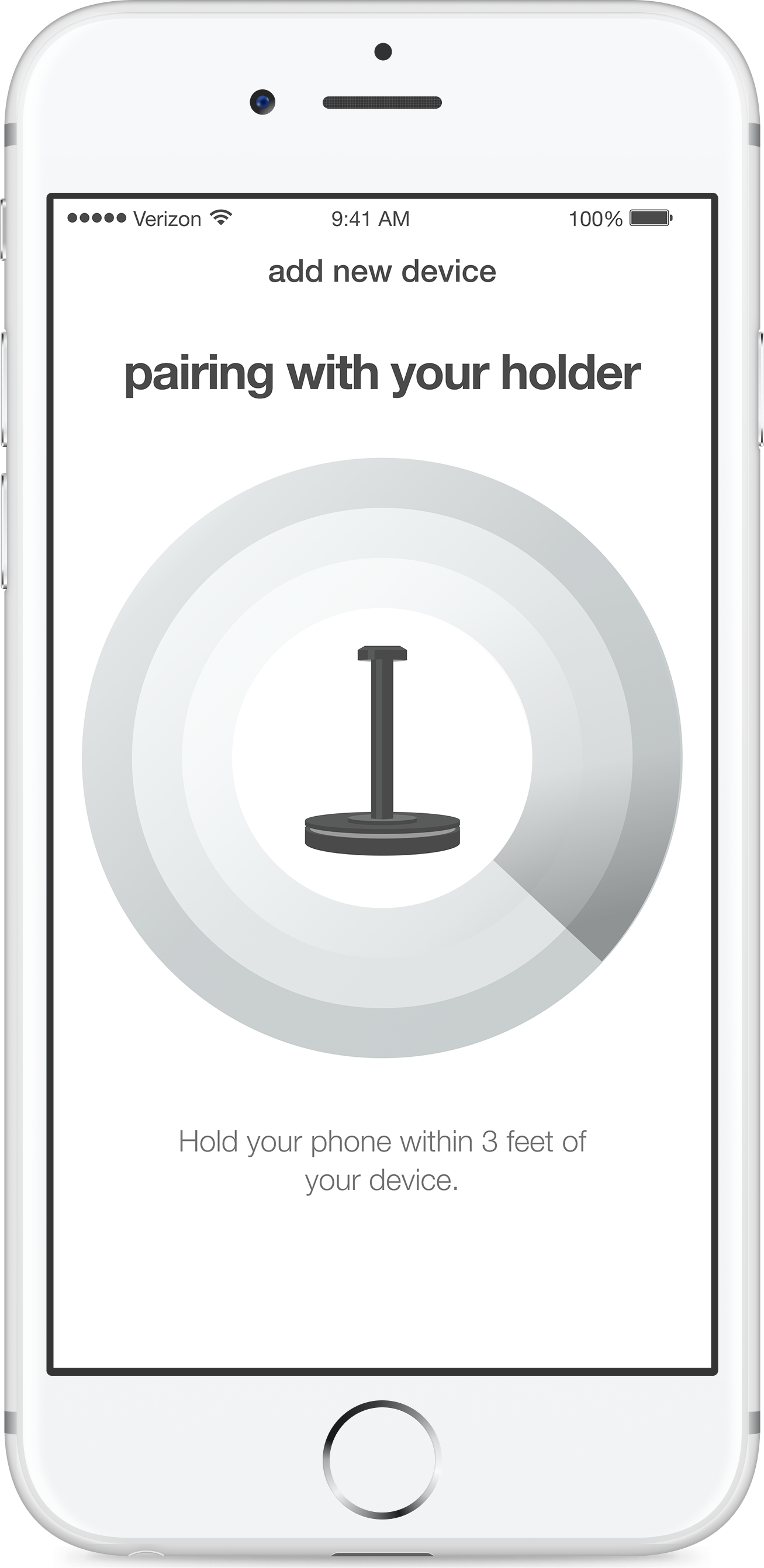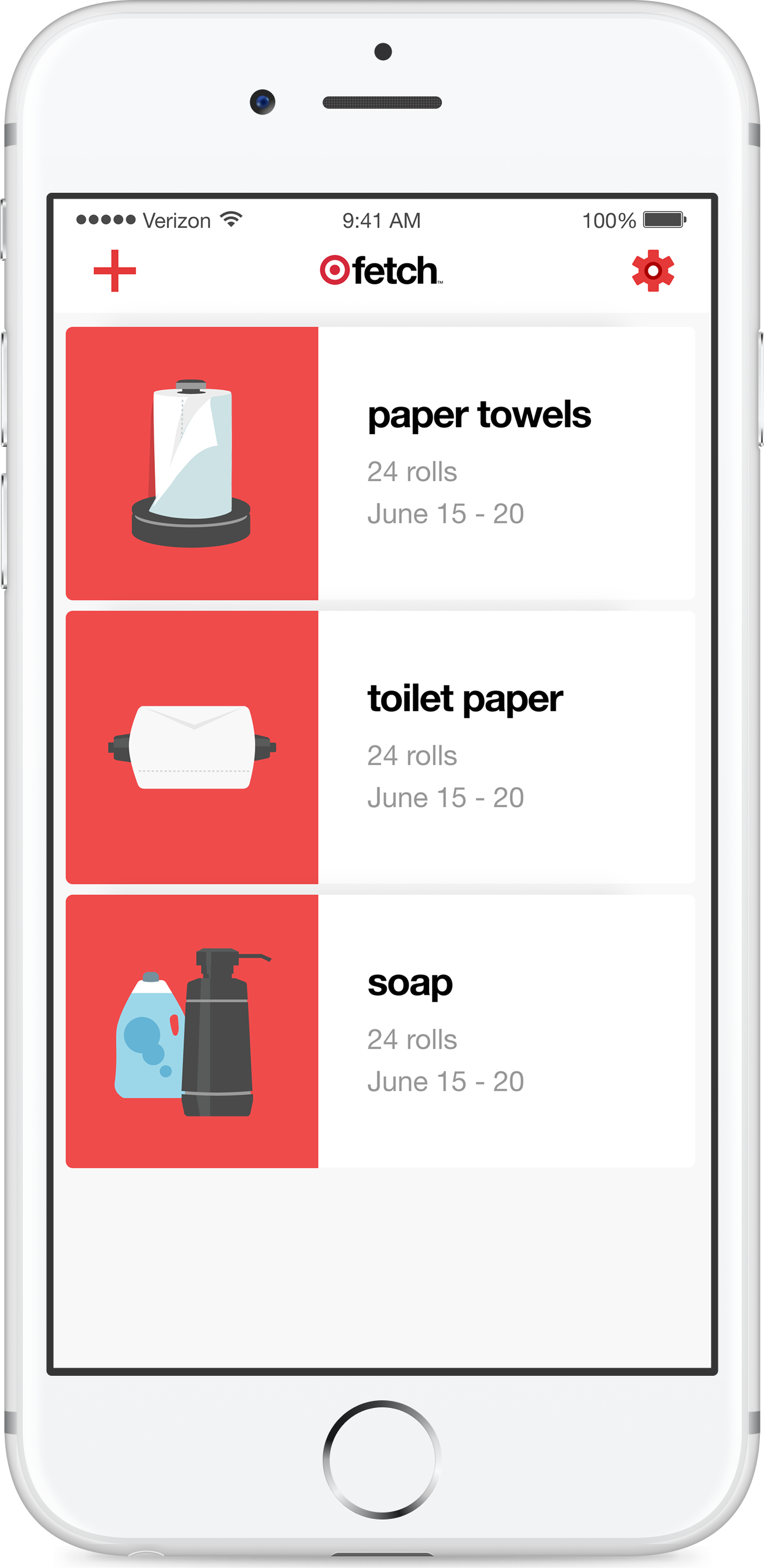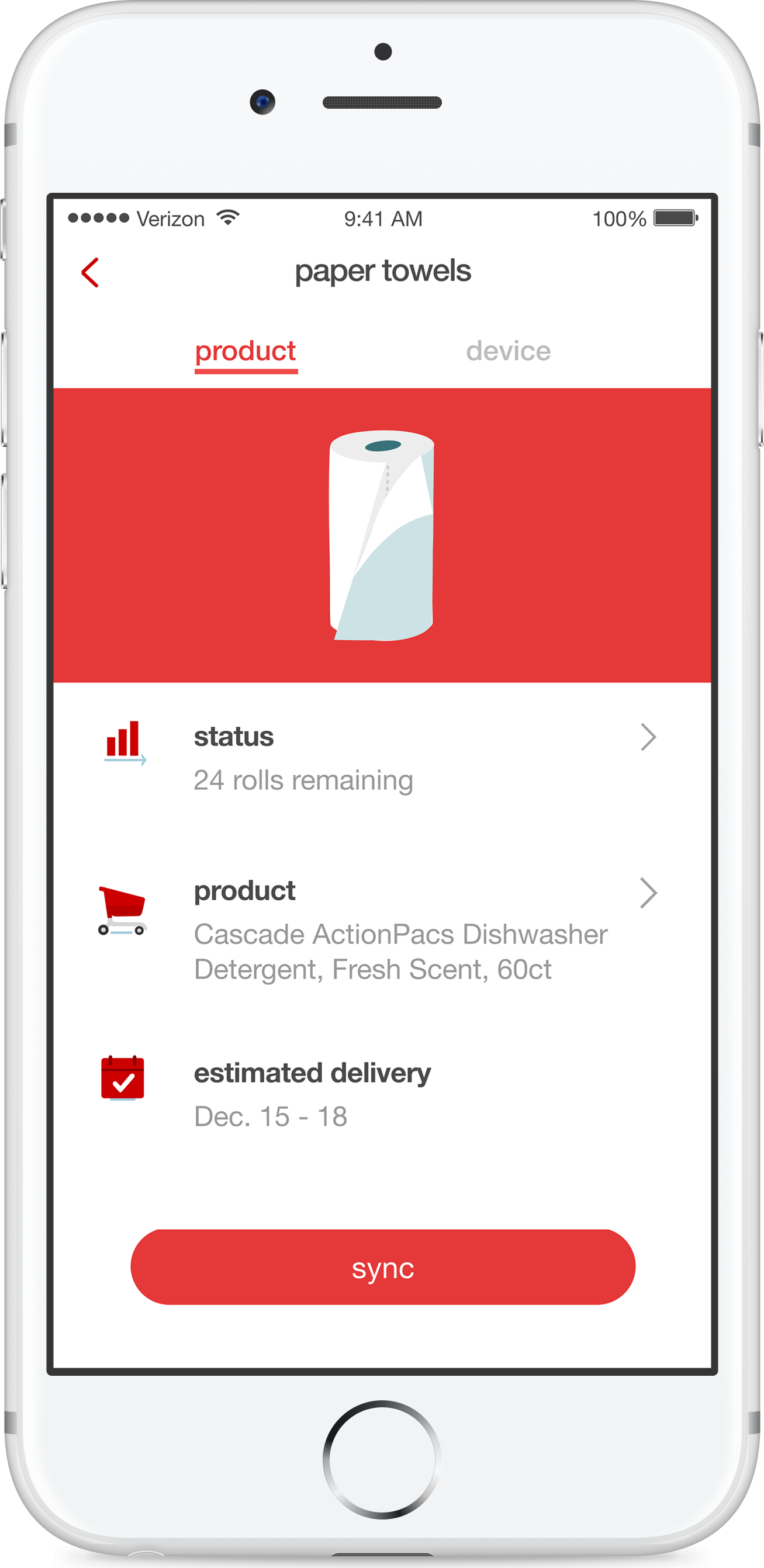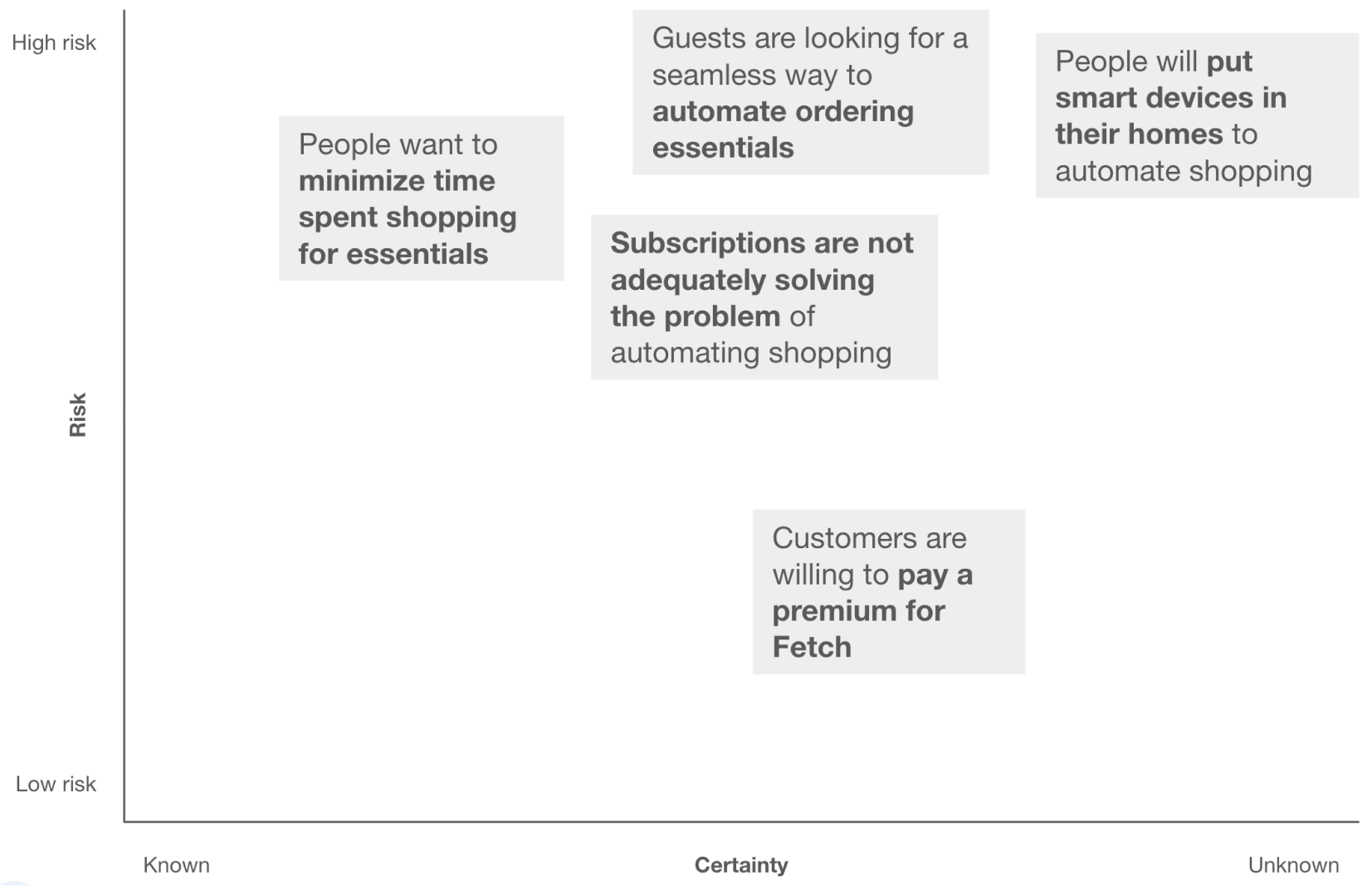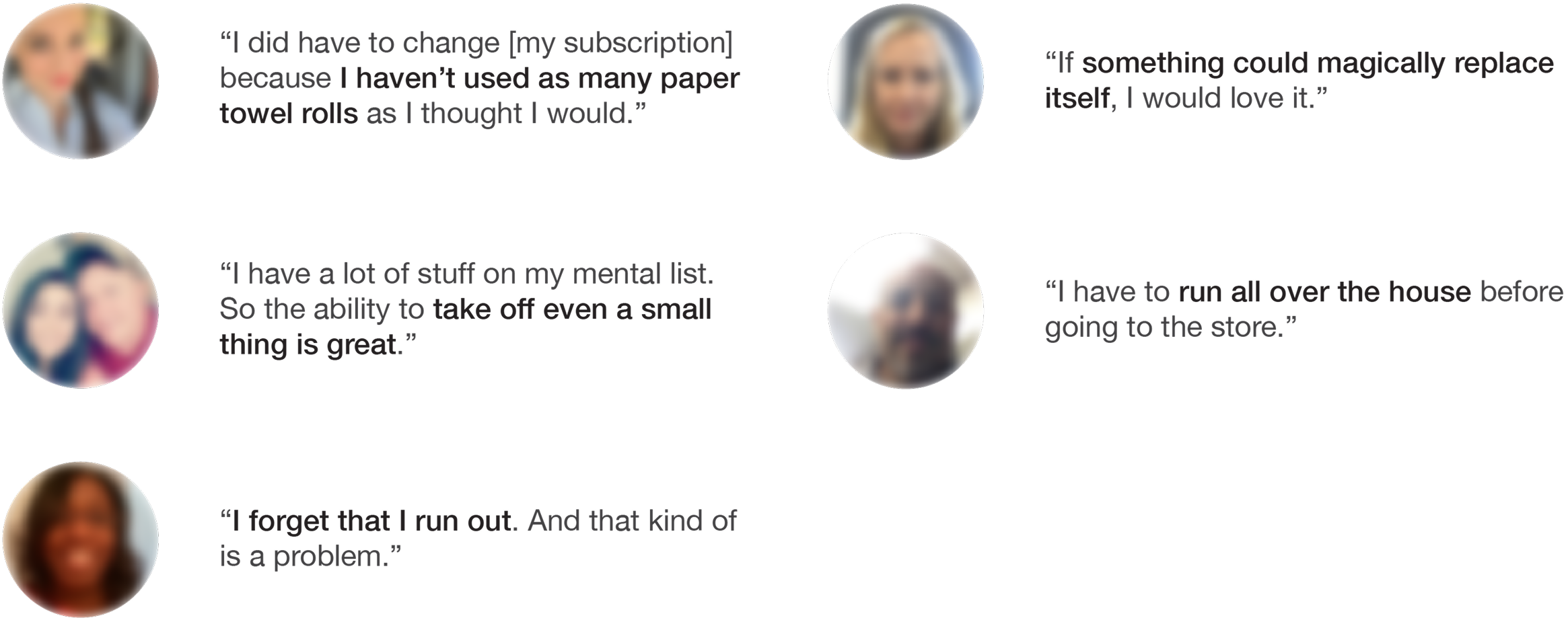The core problem to be solved
Guests experience many pain points with subscription services. With the rise of smart home devices and growing guest interest in convenience offerings, can we bring a new kind of replenishment product to market and solve subscription problems for guests?
Project facts
Timeline
Kicked off in H2 2016, piloted Feb 2017, crowdfunding campaign Jun 2018, sunset Sep 2018
My role
Internal “head of product,” creative technology, UX manager, strategy
Team configuration
PM, UX, engineering, industrial design, business strategy, hardware, cross-functional teams, executive leadership
Needfinding: automated household replenishment
The work began as an opportunity to enable a more seamless shopping experience for guests by leveraging smart home technology. We set out to learn about the problems and opportunities for guests.
We learned a lot about how people stock up on household goods, how they keep track of how much is left, and their strategies for “never running out.” We had an assumption that there would be more demand for replenishment services for city dwellers, but we learned that folks in suburbs has much more of an interest.
We analyzed the research findings and developed personas that resonated with the concept of smart home devices helping to keep household essentials in stock.
First-party product strategy
Target Fetch continued into early product and partnership development to be a replenishment service of choice for smart home product makers (e.g. toothbrushes, coffee makers, laundry machines, etc.). But, there was an additional, and potentially larger, opportunity to pursue regarding high-value home goods and an emerging interest at Target to develop in-house hardware products.
I collaborated with business strategy colleagues to understand guest purchase statistics and the economics of home consumables (e.g. paper towels, diapers, food products, etc.).
